The most
frequent questions I have is how to damp speaker cabinets
and it's not easy to give general recommendations. Below
is seen the materials I use:
1. 8-10 mm felt material
2. 30 mm polyester foam, acoustilux
3. Bitumen pads (found in car-fix shops) (Harald Nyborg
in Denmark, the cheapest place to find this excellent
material). Also available from Jantzen Audio in 4 mm thickness. Always
optional when buying kits.
4. Pure sheeps' wool material (not easy to find; found
mine in a shop dealing with knitting stuff). Also available from Jantzen
Audio.
5. Egg crate foam, can usually be bought from all shops
dealing with speaker parts. Also available from Jantzen Audio.
That's about it.
Download Jantzen Audio catalog on damping materials
here.
NB:
Based on numerous mails, it appears a lot people think
bitumen pads will "dampen sound waves", i.e.
absorb sound. Bitumen pads are actually excellent in reflecting sound, thus do not absorb sound at
all.
Bitumen pads adds weight to the cabinet panels and reduce panel vibration - and that's a
different story.
Felt and foam will absorb sound and soundwaves travelling through felt/foam will reduce speed and
energy will be converted into heat (- don't worry, not a lot of heat!)
FELT MATERIAL AND POLYESTER
DAMPING SHEETS
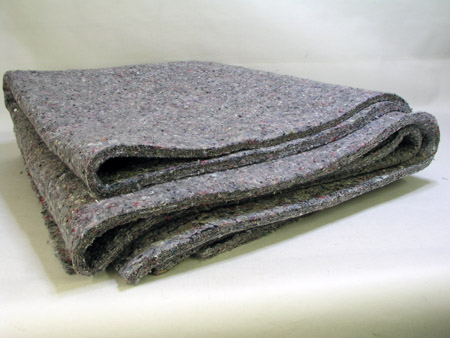
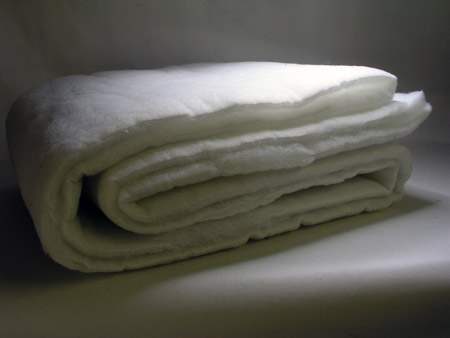
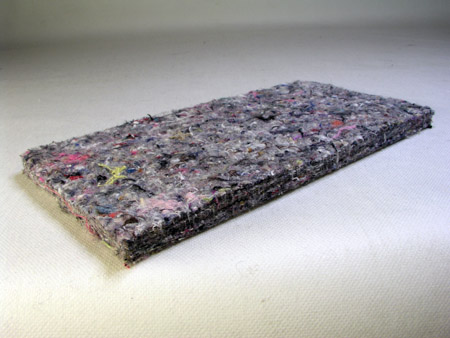
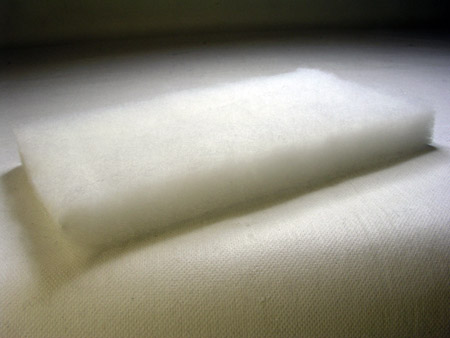
Above my preferred damping materials: 8-10 mm felt and
30 mm polyester damping sheets (acoustilux).
Both available from
Jantzen
Audio.
To fix the felt sheets to interior panels I use vinyl glue.
For the 30 mm polyester I use staples - or nothing depending on actual
application.
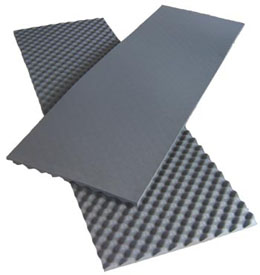 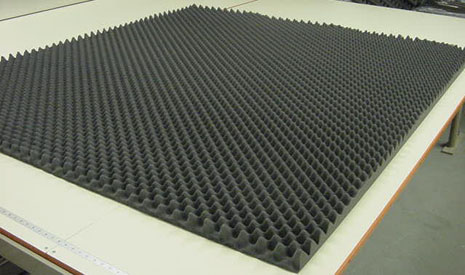
Egg crate foam in various qualities. I suggest 30 mm egg crate foam as part of
the damping material for very large bass cabs.
BITUMEN PADS
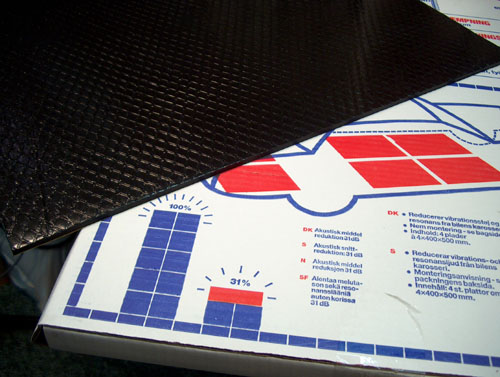
For Danes:
https://autofix.nu/produkter/8130-vibrationsdaempende/58777-lydisolering-resonansdaempning-sort---selvklaebende-maal-500x500x4-mm---antal-1-stk/
Jantzen
Audio has an extensive range of 2-4 mm bitumen pads. Download data file
here.
Despite being self-adhesive, I strongly urge using glue with any bitumen pads.
I use a thick layer of glue used for vinyle tiles. Check
QUATTRO
file to view how.
Also check "tips" file
here.
I've had self-adhesive bitumen pads falling off after a couple of years
due to not being glued.
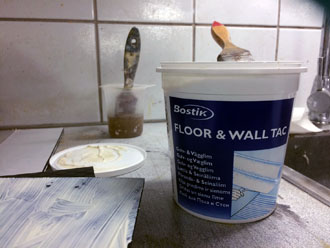
Example of damping of floorstander
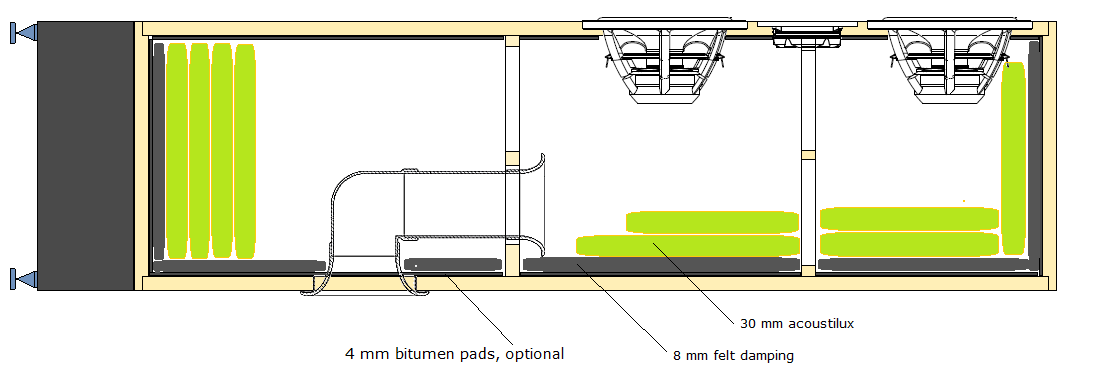
Seen from side.
Above an
example of a common floorstander cabinet damping strategy.
1. The bitumen pads are optional and if only you want to do a little
better, or you may have used light-weight panels needing additional
damping.
2. On top of this I recommend adding 8-10 mm good felt material as
shown above. The front panel doesn't necessarily needs any damping.
Three sides are usually enough.
3. 30 mm acoustilux: Right behind midbass drivers I always add 1-2 layes
of acoustilux to reduce early reflections towards the thin driver
cone(s).
4. Quite often we see problems with minor impedance peaks in the 100-200
Hz region and this usually caused by standing waves between top and
bottom. Having an internal height of e.g. 1 meter we may have a
resonance at 34000/100/2 = ~170 Hz (half wavelength), thus 10-15 cm
acoustilux at top and bottom usually cures the problem.
Example
of 13 L monitor:
Cabinet for ScanSpeak 18W/nnnn driver.
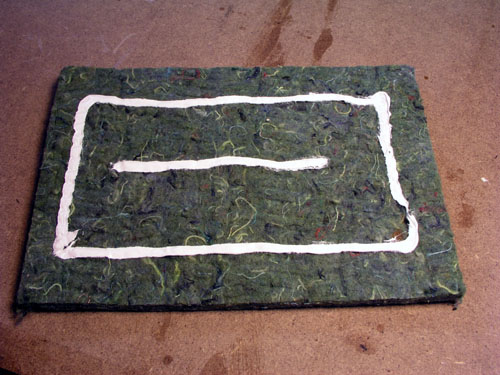 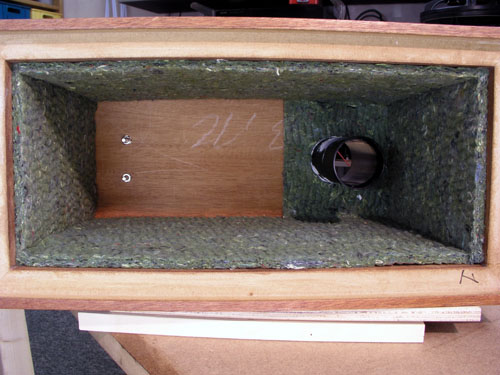
Apply 10-13 mm felt material on all internal panels and
leave space free for the crossover. Felt here attached by SuperFix.
Instead of using Superfix I have
started using the same glue used for bitumen pads:

This works just as well - and is much cheaper.
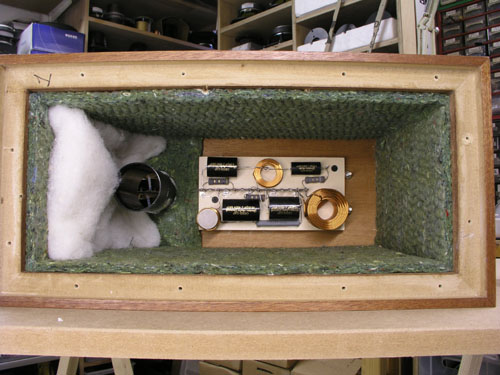 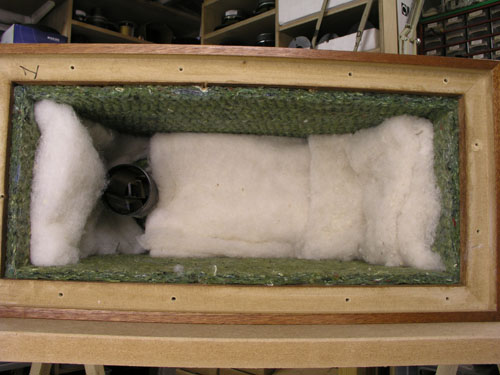
Left: Place MDM3/acoustilux on top (L) panel as shown.
Right: Place MDM3/acoustilux on top of crossover and a
second sheet at bottom of cabinet (R).
I usually do not glue acoustilux to the felt but cut a little wider to have the
material suspended between panels.
Return to intro
page.
|












